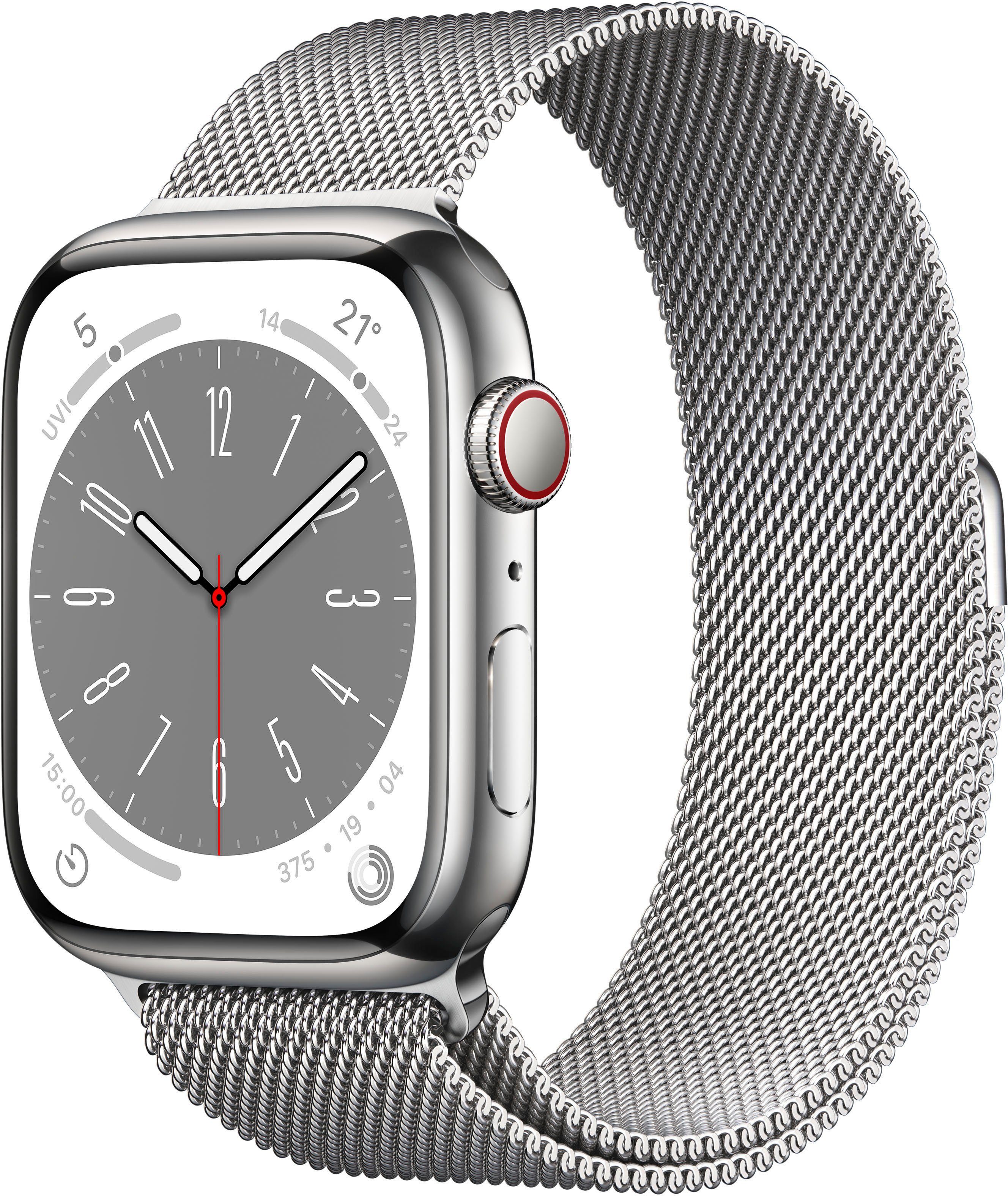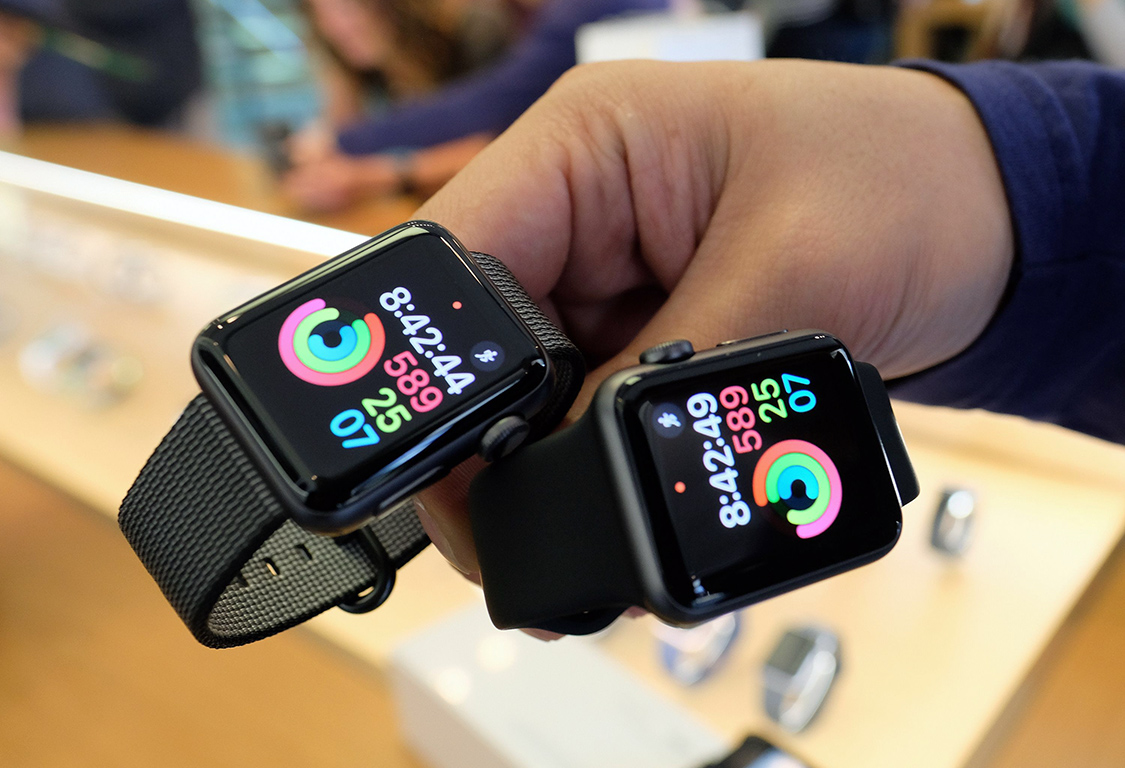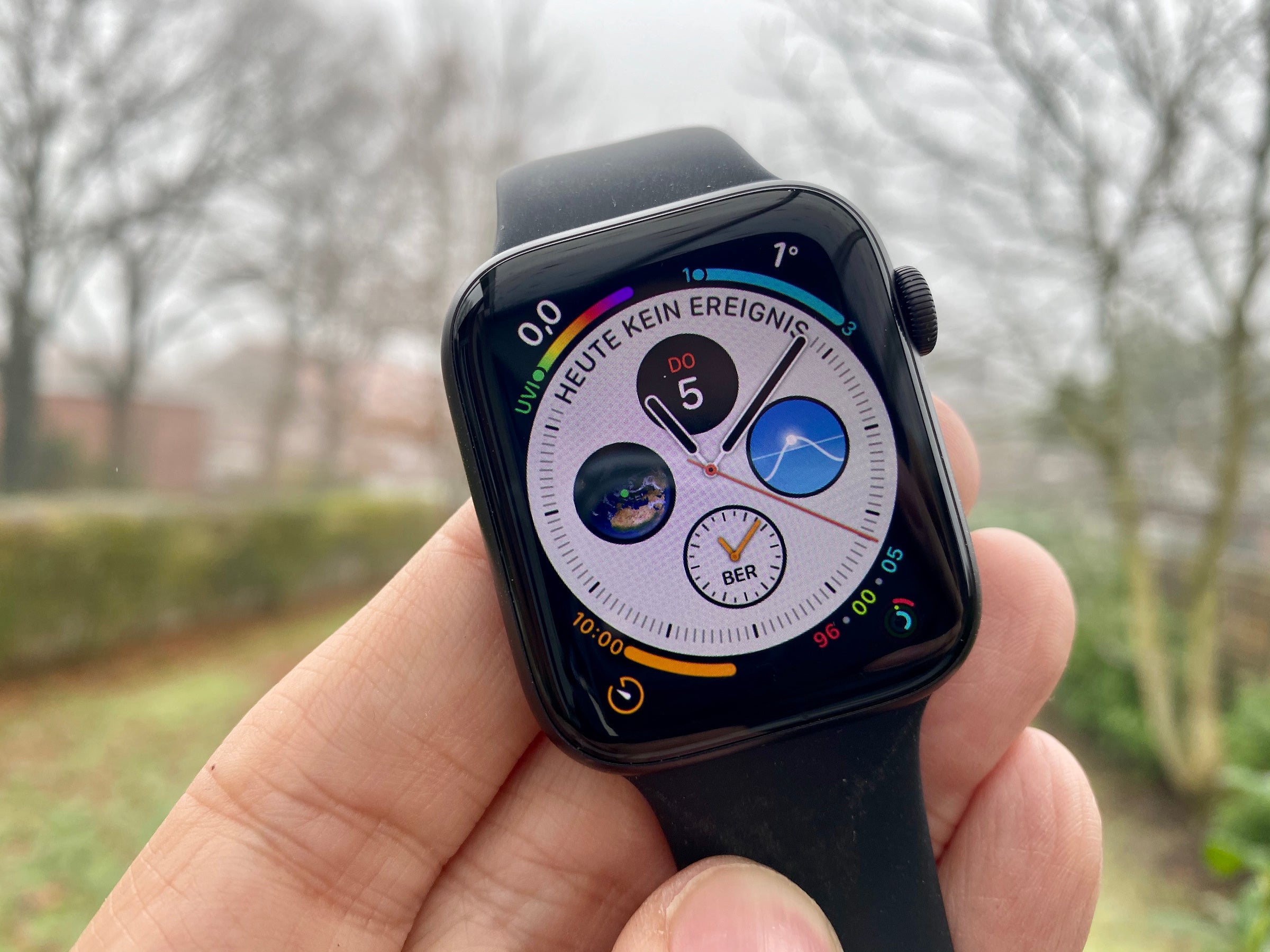
(For a deeper dive, check out our Apple Watch 6 vs. The Series 3 doesn’t offer fall detection, which would help if irregular insulin levels caused Gillian to faint.

The Series 6 is the best smartwatch we’ve tested and an impressive health tool, but it’s outside of her budget. The first question Gillian brought to me is whether there’s any drawbacks to her getting the Apple Watch SE over the Apple Watch Series 6. (Image credit: Jake Green) Which Apple Watch should I get to monitor diabetes? “The value that continuous glucose monitoring brings is your current glucose level and how it’s changing so you can make adjustments accordingly.” “With type 1 diabetes, you might need to know exactly what your glucose is doing at any given point,” Dexcom CTO Jake Leach, who oversees the development of next generation glucose monitoring products, said. It even supports custom watch face complications for the utmost convenience.

The Dexcom app also shows a user’s current glucose levels and general glucose trends at a glance. “This is especially helpful in situations when you don’t have immediate access to your phone like when you’re working and driving.”ĭexcom, Gillian’s glucose-monitoring system of choice, offers a dedicated Apple Watch app (opens in new tab) (and a Samsung Galaxy Watch app and WearOS app, too) that pushes notifications from a user’s wireless insulin pump to their wrist via their smartphone.

“If you’re trending up or down, or heading towards a change in blood sugar, you can get your rescue before you feel the symptoms,” Emmi Petti, a nurse at Duke University Hospital and one of Gillian’s trusted resources for diabetes information, said. Whichever method you prefer, having a device like an Apple Watch, which can display your glucose readings, could be vital.
APPLE WATCH SERIES 1 GESUNDHEIT MANUAL
You could also use a manual testing system such as One Drop (opens in new tab) ($30.99 - $89.99 per month, depending on how many daily tests you administer).


 0 kommentar(er)
0 kommentar(er)
